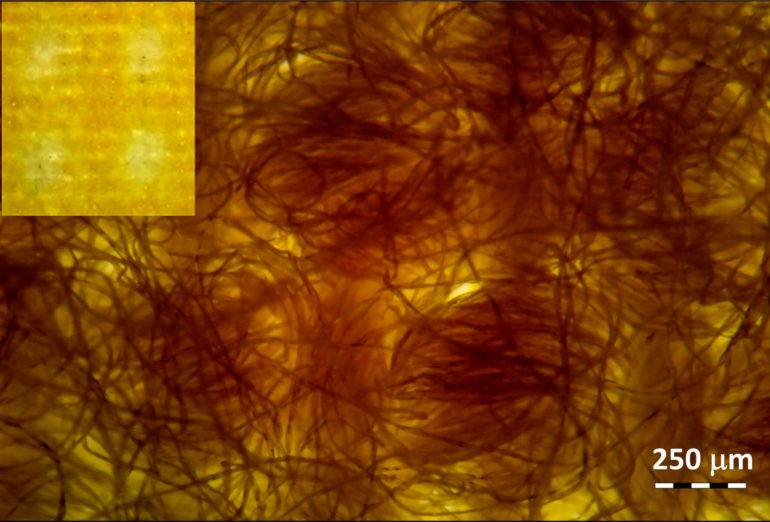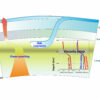Researchers have completed a new study of how well a variety of natural and synthetic fabrics filter particles of a similar size to the virus that causes COVID-19. Of the 32 cloth materials tested, three of the five most effective at blocking particles were 100% cotton and had a visible raised fiber or nap, such as found on flannels. Four of the five lowest performers were synthetic materials. The testing also showed that multiple fabric layers could improve cotton’s effectiveness even further. None of the materials came close to the efficiency of N95 masks.
Although the sample size was relatively small, the researchers noticed that tighter woven fabrics generally filtered better than knits and loosely woven fabrics. The 100% cotton fabrics with many raised fibers also appeared to filter better than cotton fabrics that lacked this feature. The raised fibers often form web-like structures similar to those in medical grade masks.
Three researchers from the National Institute of Standards and Technology (NIST)—Christopher Zangmeister, James Radney and Jamie Weaver—teamed up with Edward Vicenzi of the Smithsonian Institution’s Museum Conservation Institute to evaluate materials and determine both their ability to filter particles and their breathability. Their results appear in the journal ACS Nano.
The U.S. Centers for Disease Control and Prevention (CDC) recommends that people wear cloth face coverings in public settings where social distancing is difficult, primarily to prevent a person who doesn’t know they’re infected from spreading the…



